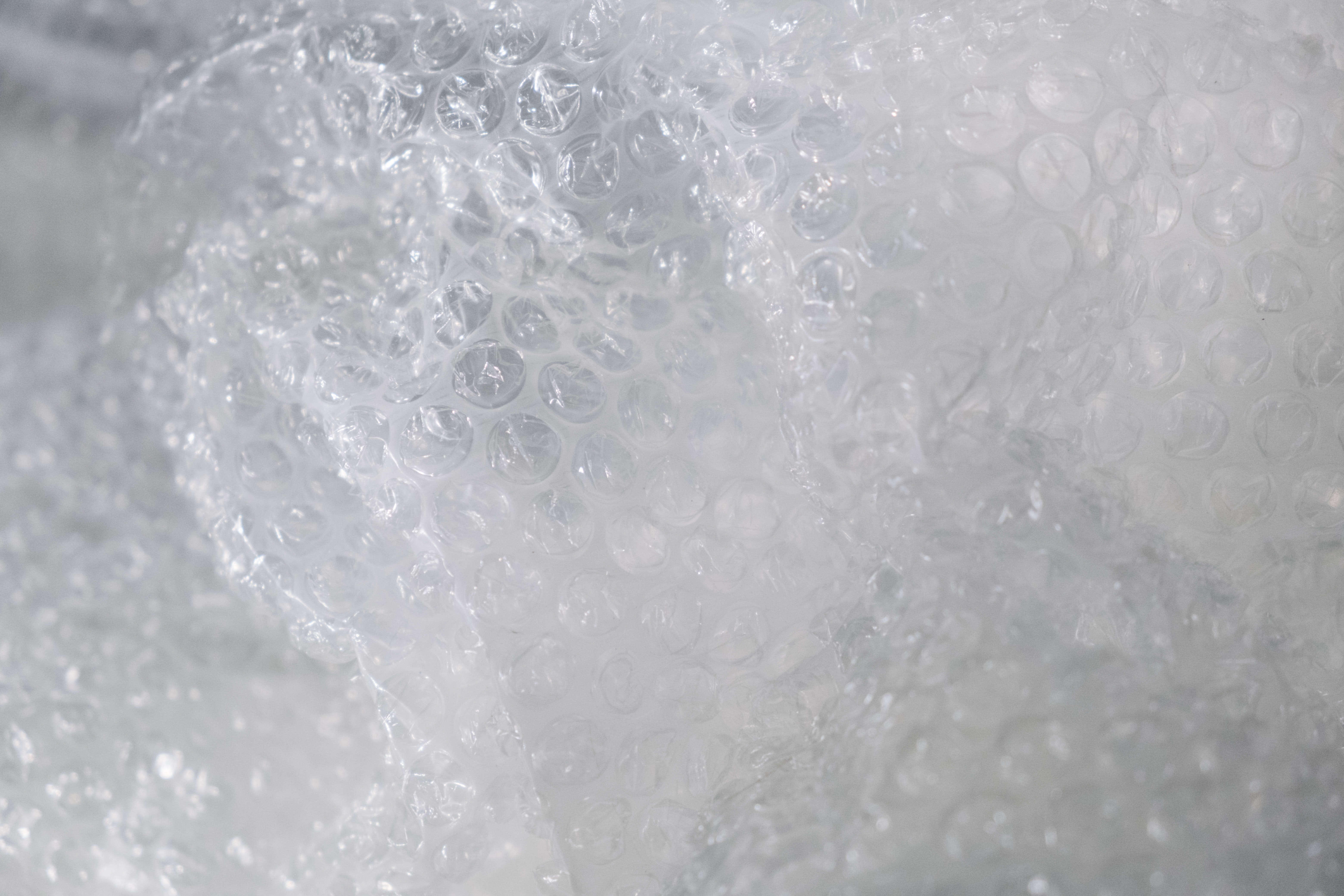Transit is the most dangerous step of parcel delivery for the goods being sent, so choosing effective packaging solutions and a good courier can save you lots of time, money and hassle by ensuring things don’t go wrong. It can be tempting to cut corners when it comes to packaging your items to save money, but this usually leads to damaged goods, regardless of how well the courier handles the packages. Damaged goods = actually more expenditure and hassle in dealing with the issue and replacing the item, so better to get it right from the outset!
Up to 30% of packages are sent in boxes that are far too big with not enough inside protection which can ultimately cause them to get crushed, dented or rip the outer packaging. When the outer packaging becomes dented or damaged, it will most likely leave the goods inside damaged as well if they are not protected.
To make sure you are packaging your parcels well, we’d recommend the following steps:
- Selecting a box that is the correct size is the first step in protecting your goods. Try not to pick a box that is too large because it will be easier to dent and you will need lots of filler material to pack it out. However, selecting a box that is too small can increase the risk of tearing in transit. A box with a small amount of room (around 5cm) for filler material is the best option.
- Make sure not to leave any spaces inside when you are packaging your deliveries as these are where parcels are more likely to get crushed when stacked or transported. To fill these holes, there are a range of inner packaging materials that all work in different ways to ensure your packing does not get damaged.
- It is best practice to leave a small amount of room between the outer box and the goods you are shipping. That space should be filled with protective filler material such as:
- Bubble wrap – This filler material is made of plastic with lots of small air pockets which provide a good level of impact protection for objects like glass.
- Engineered foam enclosures – These can be made out of any type of foam and they are specifically engineered for the product, so they fit perfectly inside of the boxes and do not move at all. Good for items such as electricals.
- Paper – Different types of paper can also be used as filler material when it scrunched into round shapes. This cost-effective option can provide really good protection for your products on short journeys and be a good way of using up scrap paper as long as there is nothing sensitive printed on it.
- Bubble quilt – Similar to bubble wrap, bubble quilt consists of plastic filled with large pockets of air to fill out the space around your goods.
- Packing peanuts – Packing peanuts/ foam peanuts are a common loose-fill packaging filler which is great for impact protection as it fills up most of the gaps. They can be made from a starch-based material which is biodegradable and nontoxic or expanded polystyrene.
- It is important to remember to never ship an item loose as the goods inside will just roll around and become damaged in transit. Adding a fragile sticker to the outside of the packaging will indicate to handlers and couriers to take extra steps to make sure it does not get damaged.









